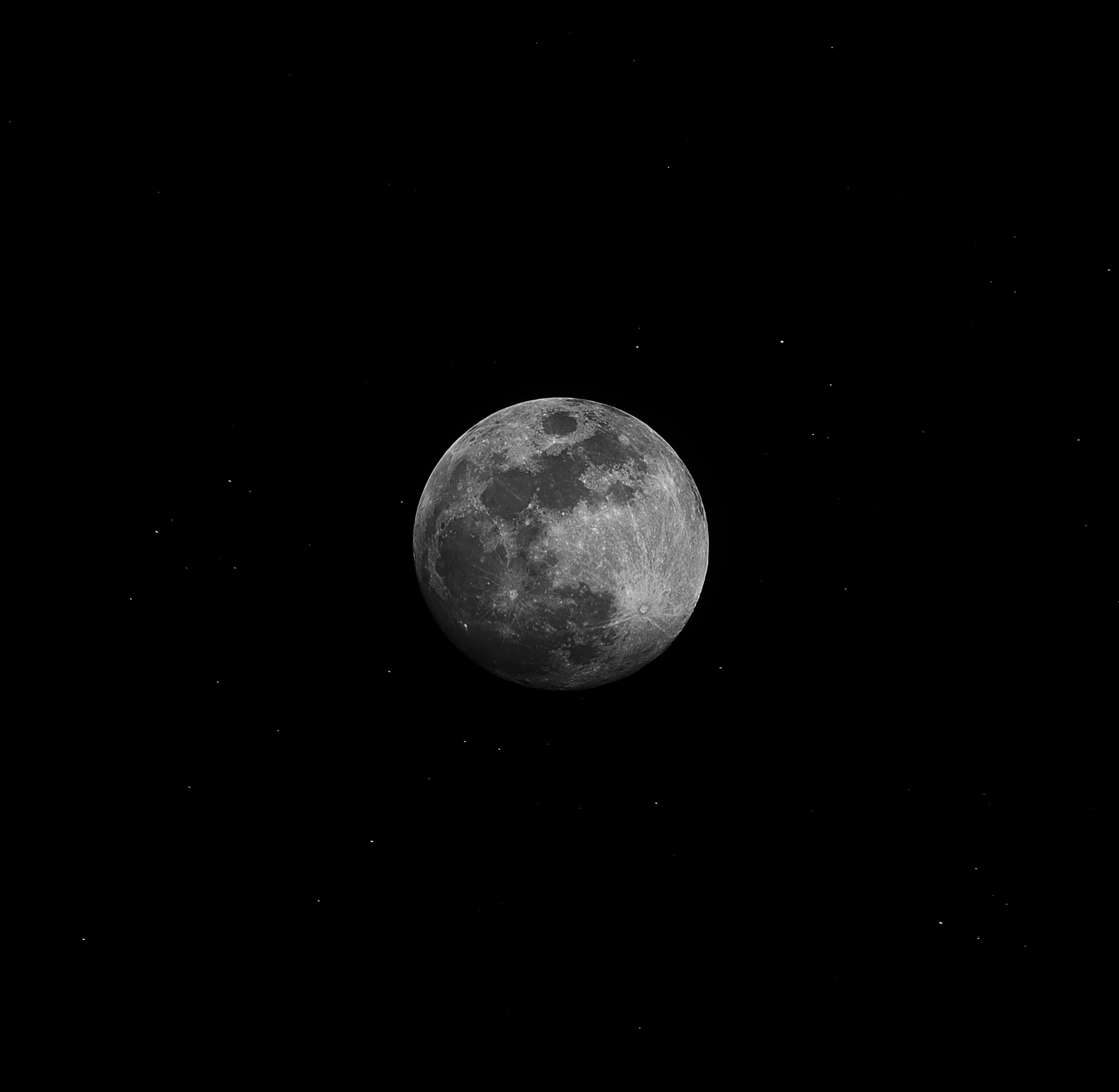Why Was There a Circle Around the Moon Last Night?
Have you ever glanced up at the sky only to notice a mysterious circle encircling the moon? It can be a breathtaking sight, leaving you questioning the reason behind this occurrence. Rest assured, you are not alone in your curiosity. Many people around the world have wondered about the phenomenon of a ring or circle around the moon, also known as a lunar halo. In this article, we will dive deep into the science behind this captivating sight and explore the various factors that contribute to its formation.
The Science Behind Lunar Halos
To understand why there was a circle around the moon last night, we must first understand the science behind lunar halos. A lunar halo is an optical phenomenon that occurs when light from the moon is refracted and reflected by ice crystals present in the Earth’s atmosphere. These ice crystals act as tiny prisms, bending and dispersing the light in a specific way, leading to the formation of a ring or circle around the moon.
While the most common type of lunar halo is a circular ring, it is possible to spot other shapes such as arcs or even complete circles. These variations depend on the type and orientation of the ice crystals present in the atmosphere at the time.
Ice Crystals and Atmospheric Conditions
In order for a lunar halo to form, specific atmospheric conditions are required. The presence of high-altitude cirrus clouds, consisting of thin ice crystals, is crucial for the formation of these optical phenomena.
When these ice crystals are present, they act as a medium through which the moonlight passes. As the light passes through each individual ice crystal, it undergoes refraction—changing direction as it enters the crystal—and then reflection—bouncing off the back surface of the crystal.
The specific angles at which the light is refracted and reflected determine the size and shape of the lunar halo. This is influenced by the size and orientation of the ice crystals, as well as the angles at which they are positioned in relation to the observer and the moon.
It is important to note that not all cirrus clouds contain the necessary ice crystals for the formation of a lunar halo. Additionally, the ice crystals need to be of specific shapes, typically hexagonal or plate-like, for the desired optical effect.
Additional Factors Affecting Lunar Halos
While the presence of ice crystals in cirrus clouds is the primary factor determining the formation of a lunar halo, several other conditions can influence its appearance. Here are a few additional factors that can contribute to the stunning display:
- Moisture content: The moisture content of the atmosphere can affect the appearance of the lunar halo. Higher moisture levels can cause the halo to appear brighter and more defined.
- Altitude: The altitude at which the ice crystals are present can impact the visibility of the lunar halo. Higher clouds may obscure the halo, making it difficult to observe.
- Light pollution: The amount of light pollution in the area can also influence the visibility of the lunar halo. Areas with less light pollution provide a better backdrop for observing this phenomenon.
- Geographical location: Different regions of the world may have varying frequencies of lunar halos. Certain climatic conditions and geographical locations make some areas more prone to experiencing this phenomenon.
Mythology and Folklore Surrounding Lunar Halos
Lunar halos have captivated the human imagination for centuries, leading to various myths and folklore associated with their occurrence. In many cultures, lunar halos were believed to be omens or indications of upcoming changes in weather or even societal events.
For example, some folklore suggests that a lunar halo predicts the arrival of rain or snow. Others believed that it foretold the coming of a storm or signified the presence of supernatural beings.
While these superstitions are not based on scientific evidence, they highlight the fascination and wonder that lunar halos have inspired throughout history. Today, we appreciate these stunning displays as natural phenomena of our atmosphere.
Conclusion
The appearance of a circle around the moon, also known as a lunar halo, is a captivating sight that has intrigued humans for centuries. This optical phenomenon is caused by the refraction and reflection of moonlight through ice crystals present in the Earth’s atmosphere.
While the formation of lunar halos relies on specific atmospheric conditions, including the presence of cirrus clouds containing ice crystals, factors like moisture content, altitude, light pollution, and geographic location can also influence their visibility and appearance.
Next time you notice a circle around the moon, take a moment to appreciate the scientific wonders occurring in our atmosphere. Whether you choose to revel in the beauty of the phenomenon or indulge in the enchanting myths surrounding it, the circle around the moon is a reminder of the spectacular and intricate workings of our world.
Table of Contents
